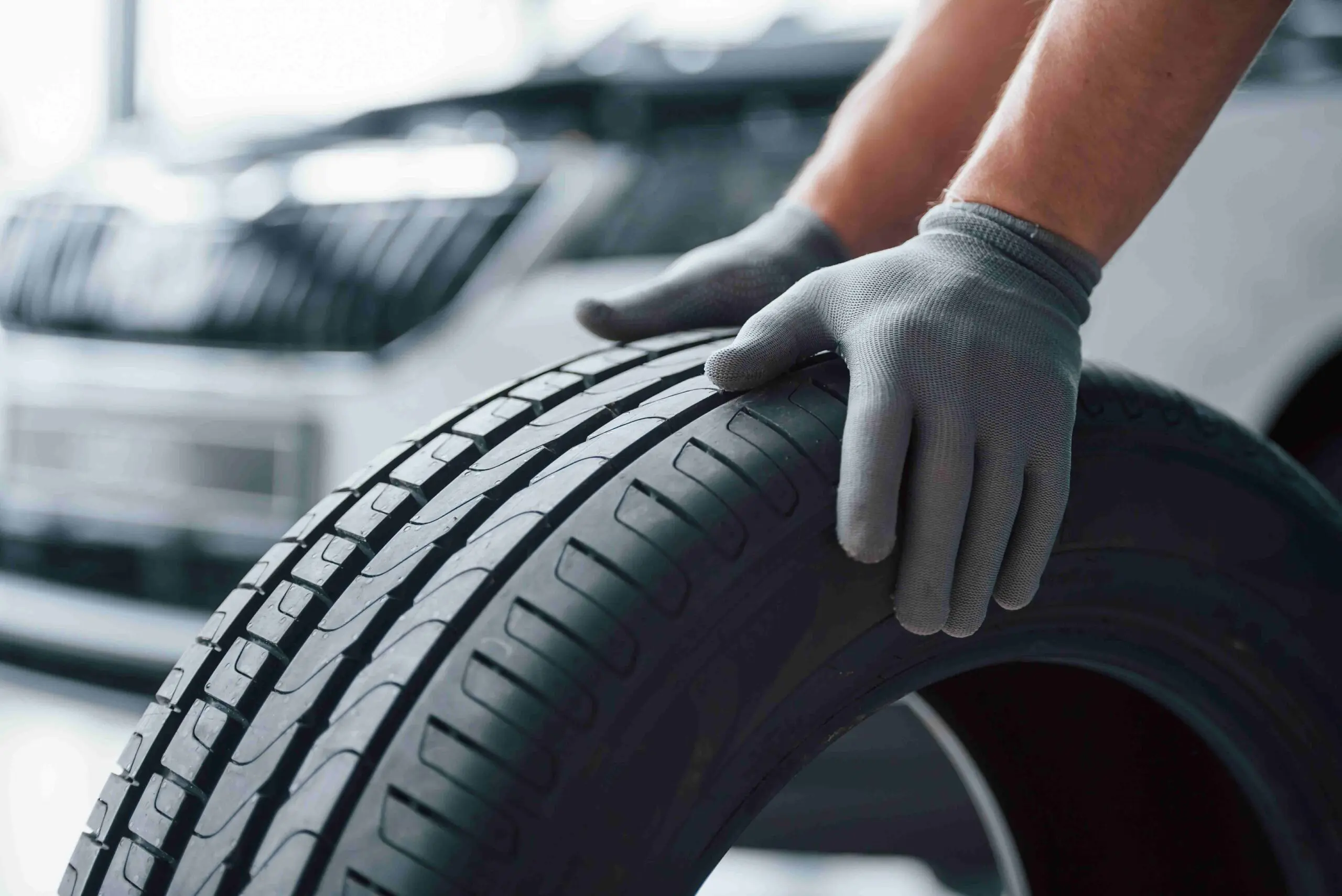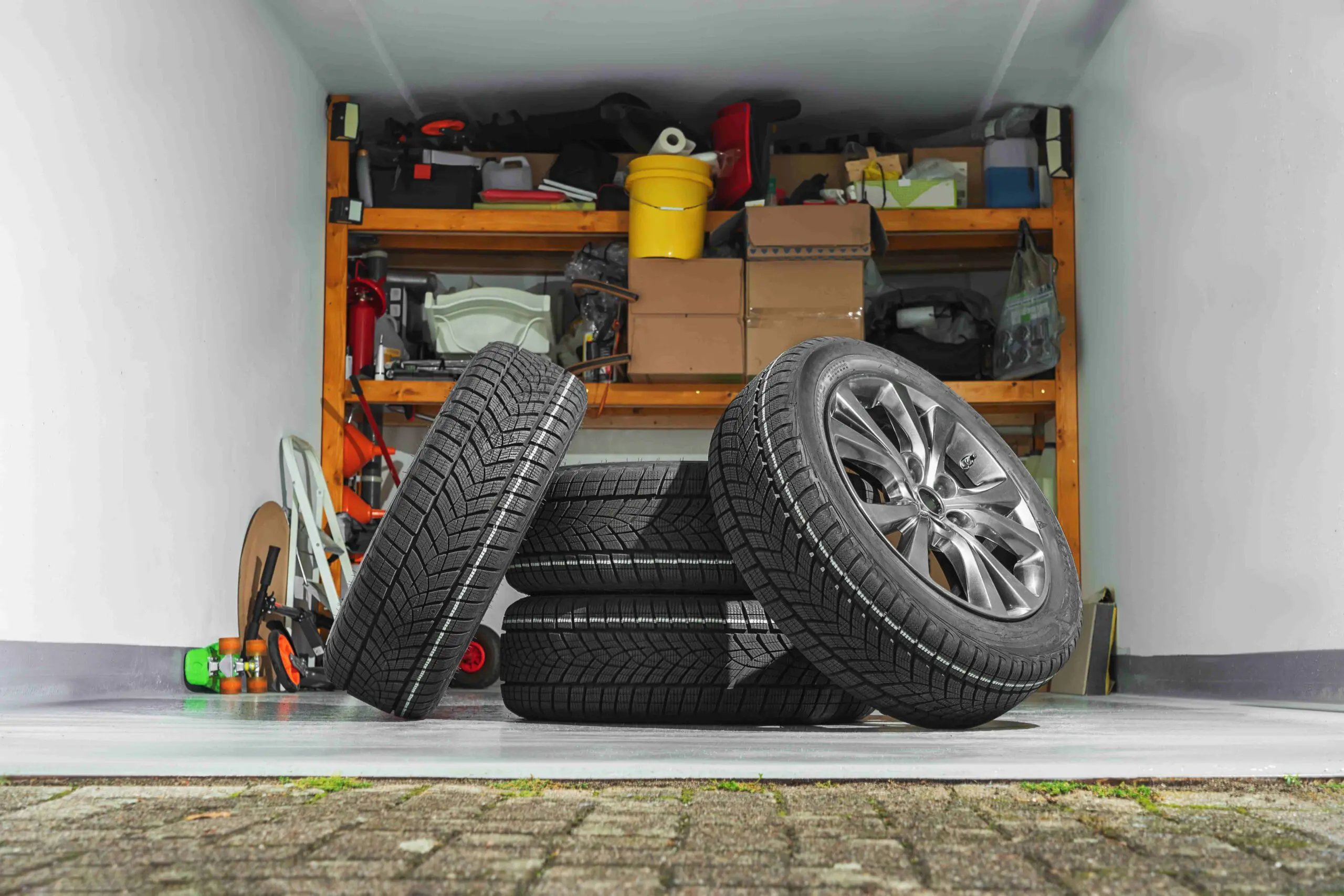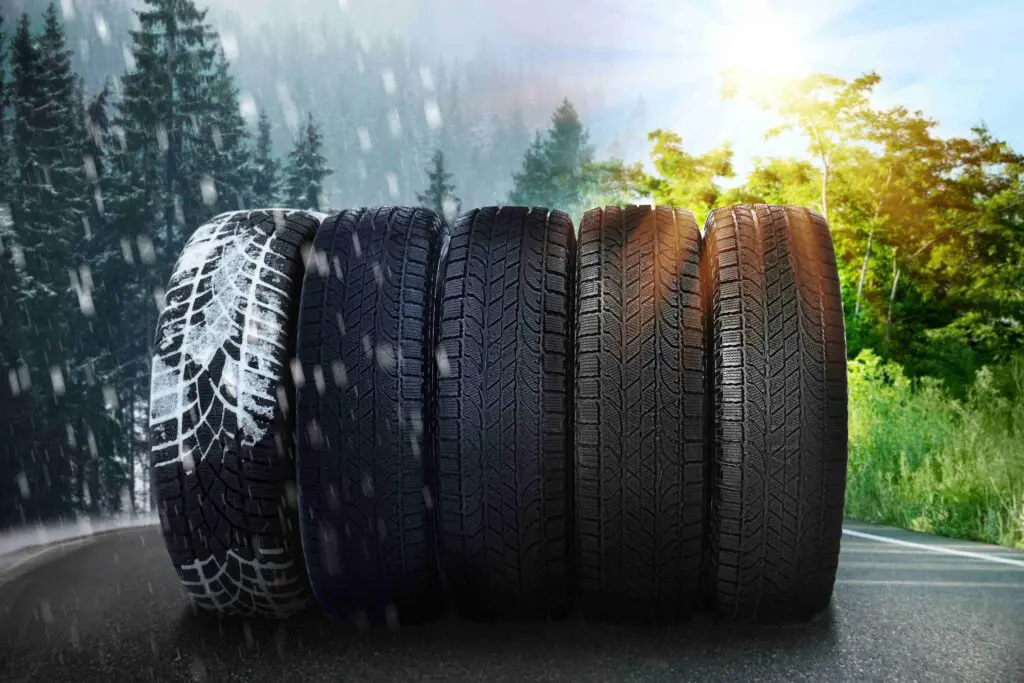Storing your summer tires properly can significantly extend their lifespan of tires and ensure they maintain peak performance when the warmer months return. Improper storage can lead to premature wear, cracking, or deformation, which may result in you needing to replace your tires sooner than expected. Below, we cover the top tips for summer tire storage, including cleaning, positioning, and using tire storage bags.
The Importance of Proper Storage for Summer Tires
 Proper storage of summer tires is critical to preserving their performance and safety. If stored incorrectly, tires may be exposed to damaging elements such as heat, moisture, and direct sunlight. These factors can degrade the rubber over time, causing cracks, dry rot, and a loss of structural integrity. Additionally, poor storage practices can result in deformations that impact the tire’s ability to perform safely on the road. By following the correct storage techniques, you not only prolong the life of your tires but also avoid unnecessary costs associated with premature replacements.
Proper storage of summer tires is critical to preserving their performance and safety. If stored incorrectly, tires may be exposed to damaging elements such as heat, moisture, and direct sunlight. These factors can degrade the rubber over time, causing cracks, dry rot, and a loss of structural integrity. Additionally, poor storage practices can result in deformations that impact the tire’s ability to perform safely on the road. By following the correct storage techniques, you not only prolong the life of your tires but also avoid unnecessary costs associated with premature replacements.
Best Practices for Storing Summer Tires
 Storing your summer tires properly involves more than just keeping them out of sight. Here are some essential tips to ensure your tires remain in excellent condition during the offseason:
Storing your summer tires properly involves more than just keeping them out of sight. Here are some essential tips to ensure your tires remain in excellent condition during the offseason:
Clean Your Summer Tires Thoroughly
Before storing your tires, make sure to clean them well. Dirt, grime, and brake dust can degrade the rubber if left on for extended periods. Use a mild soap and water to scrub the tires, removing any residues that could harm the tire material over time. Let them dry completely before proceeding with storage. Damp tires can encourage mold and mildew growth, leading to tire degradation.
Choose a Cool, Dry Storage Area
One of the most critical aspects of tire storage is selecting the right environment. Tires should be stored in a cool, dry place, away from direct sunlight and extreme temperatures. Exposure to UV rays and fluctuating temperatures can cause the rubber to deteriorate, leading to cracks. A garage, basement, or climate-controlled storage area is ideal. If storing outdoors, make sure to keep the tires elevated and covered to protect them from the elements.
Use Tire Storage Bags or Covers
Investing in tire storage bags or tire storage covers is highly recommended for long-term tire protection. These specially designed bags or covers shield the tires from dust, moisture, and UV exposure, all of which can damage the rubber. They also prevent the tires from coming into contact with oils, chemicals, or any corrosive substances that may be present in the storage environment.
Proper Tire Storage Positioning
How you store your tires is just as important as where you store them. Improper positioning can lead to tire deformation, especially during long periods of inactivity. Here are three recommended ways to store your summer tires:
- Stacking Tires: If you’re storing your tires without wheels, stacking them horizontally on top of each other is a common method. Ensure the stack is stable, and don’t pile them too high to avoid deformation.
- Standing Tires Upright: If the tires are mounted on rims, standing them upright is the best option. This minimizes pressure on the tires and prevents warping.
- Hanging Tires: You can also hang tires that are mounted on rims from hooks, which can free up space and reduce any potential for deformation.
Consider a Tire Storage Rack
For those who want to take tire storage to the next level, a tire storage rack is a great investment. These racks are designed specifically for tire storage, ensuring that your tires are stored off the ground and in an organized manner. They also help maintain the shape of the tires and prevent them from coming into contact with harmful substances that may be on the ground.
What to Avoid When Storing Summer Tires

While it’s essential to know the best practices for tire storage, it’s equally important to understand what to avoid. Here are some key points to keep in mind:
- Avoid Storing Tires in Direct Sunlight: UV rays are one of the primary causes of rubber deterioration, so always store your tires in a shaded or indoor area.
- Avoid Excessive Heat and Cold: Storing your tires in areas with extreme temperatures can cause the rubber to harden or crack. Keep them in a climate-controlled environment if possible.
- Avoid Using Plastic Sheets as Covers: While plastic may seem like a suitable covering, it can trap moisture, which may lead to mold or mildew. Always opt for breathable tire storage covers or bags.
- Don’t Store Tires Near Heat Sources: Avoid storing tires near radiators, heaters, or other heat-emitting devices, as prolonged exposure to heat can damage the rubber.
Protect Your Investment with Proper Summer Tire Storage
By following these simple yet effective tips for summer tire storage, you can ensure that your tires remain in top condition for when you need them again. Whether you invest in a tire storage rack, use tire storage bags, or simply store them in a cool, dry place, the goal is to protect your tires from damage and extend their lifespan.
At Top Grade Tire, we understand how important it is to keep your tires safe and sound during the offseason. If you’re looking for more expert advice or high-quality storage solutions, visit us at Top Grade Tire.

